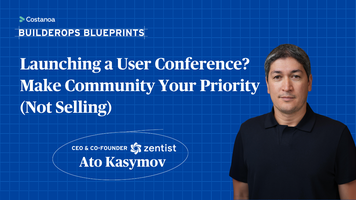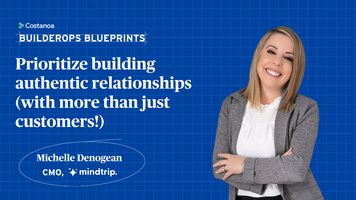Earlier in this series, I discussed the CEO's role in HR when there are fewer than 10 employees. The CEO is the doer - recruiting the right team to build product and sign early customers. Once the company reaches the 10 to 25 employee stage, an organizational structure begins to form and the CEO role in HR begins to shift. Still in the early startup phase, the business objective of shipping product and landing initial customers hasn't changed. But functions have been created, and team leads or managers exist, so the CEO can afford to hand off some of the workload - even while remaining deeply involved in core product and customer work.
The organization is a cluster of teams, with some individual roles filling entire departments (e.g. the finance person). There's the genesis of a formal communications structure, since for the first time, not everyone is in every meeting. Knowledge gaps form easily without work to stave them off. This structure includes a leadership team meeting, weekly all-hands sessions for the staff, email and Slack standards, a first pass at OKRs and post-mortems.





